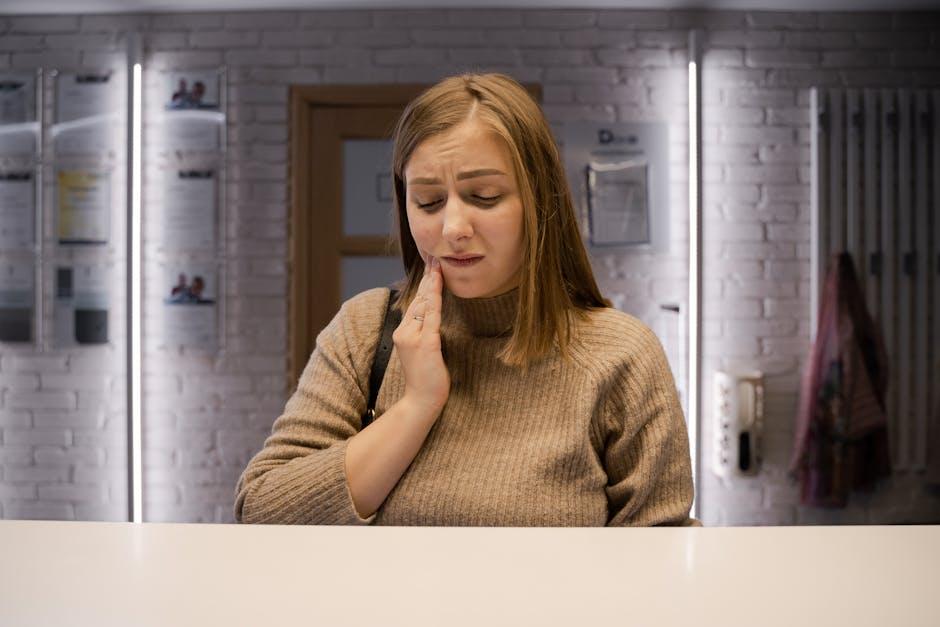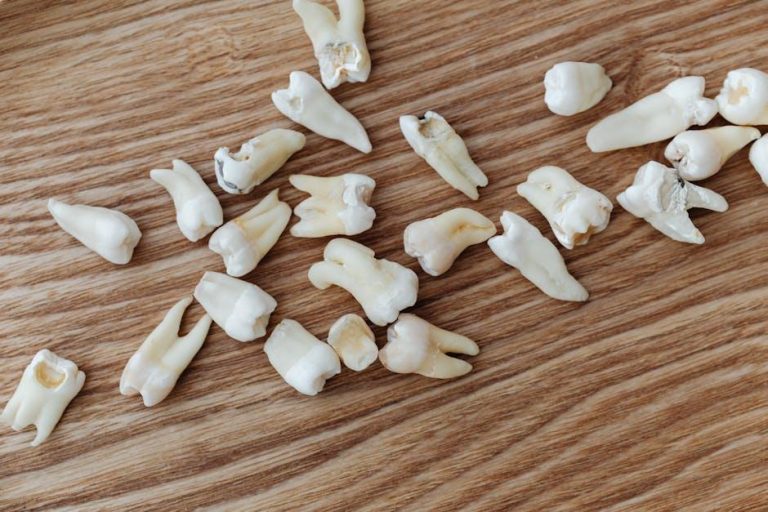
2020 to 2022 Saw Nearly 2 Million Annual Emergency Room Visits for Dental Issues – U.S. News & World Report
Between 2020 and 2022, nearly 2 million Americans each year visited emergency rooms (ER) for dental-related issues, according to a report by U.S. News & World Report. This staggering statistic highlights a growing public health concern: the frequent reliance on emergency care for dental problems that, in many cases, could have been prevented or more appropriately treated in a dental office.
The Surge in Emergency Room Visits for Dental Issues
The data collected underscores an alarming trend — emergency rooms, which are primarily designed to treat life-threatening emergencies, have become a common destination for patients experiencing dental pain, infections, or trauma. The reasons behind these visits vary, but they usually stem from untreated cavities, abscesses, gum disease, or accidental injuries.
Why are so many patients turning to the ER for dental problems? The answer lies in a combination of factors:
- Lack of dental insurance or coverage: Many Americans lack adequate dental insurance, making routine dental visits costly.
- Limited access to dental care: In underserved or rural areas, dental clinics may be scarce.
- Delayed care during the COVID-19 pandemic: The pandemic forced many dental offices to close temporarily or reduce services, causing delayed treatment and worsening conditions.
Key Statistics at a Glance (2020-2022)
| Year | Estimated Annual ER Visits for Dental Issues | Average Cost per Visit |
|---|---|---|
| 2020 | 1.9 million | $600 |
| 2021 | 2.0 million | $620 |
| 2022 | 2.1 million | $640 |
Common Dental Issues Leading to ER Visits
Understanding the common dental problems that send patients to emergency rooms can help raise awareness about prevention and treatment:
- Severe toothaches: Often caused by untreated cavities or infections, severe pain frequently drives people to seek immediate relief.
- Dental abscesses: These infections around the tooth root or gums can become serious if untreated, sometimes causing swelling and fever.
- Traumatic dental injuries: Accidents causing broken, chipped, or knocked-out teeth require urgent care.
- Swelling or facial cellulitis: Infections spreading to the face can be dangerous and require immediate attention.
The Impact of ER Visits for Dental Problems
Emergency rooms, while crucial for urgent care, are not optimized or cost-effective for treating dental issues. The typical ER visit for a dental problem usually involves pain management with medication or antibiotics but rarely includes definitive dental treatment such as fillings or extractions.
Consequences include:
- Increased healthcare costs: ER care costs substantially more than routine dental visits.
- Incomplete treatment: Patients often leave the ER without a solution to the underlying dental problem, leading to repeat ER visits or worsening conditions.
- Strain on ER resources: Non-life-threatening dental issues contribute to longer wait times and overburden emergency medical staff.
Practical Tips to Prevent Emergency Dental Visits
While some dental emergencies can’t be fully predicted, many can be prevented by adopting good oral hygiene habits and regular dental care:
- Maintain routine dental check-ups: Regular visits to your dentist for professional cleanings and early problem detection are essential.
- Practice daily oral hygiene: Brush twice a day with fluoride toothpaste, floss daily, and use antibacterial mouthwash if recommended.
- Address dental problems early: Don’t delay treatment for cavities, gum disease, or minor injuries.
- Protect your teeth: Wear mouthguards during sports to reduce risk of trauma.
- Know when to visit an ER: Seek emergency care for uncontrolled bleeding, severe facial swelling, breathing difficulty, or trauma with bleeding.
Case Study: From ER to Dentist – A Typical Patient Journey
Consider the experience of Sarah, a 34-year-old mother who visited the ER in late 2021 due to an excruciating toothache. With no dental insurance and a fear of costly dental bills, she postponed seeing a dentist for months.
- At the ER, Sarah was given painkillers and antibiotics but no definitive dental treatment.
- She was advised to follow up with a dentist, but finding an affordable provider was a challenge.
- After three weeks, Sarah finally accessed dental care through a community clinic, where she underwent a root canal treatment.
- This experience cost her more time, stress, and money than if she had managed the problem earlier.
Sarah’s story is far from unique: it reflects why so many Americans end up at emergency rooms instead of dental offices.
Benefits of Seeking Appropriate Dental Care Early
Choosing timely dental treatment over emergency room visits offers multiple benefits:
- Cost savings: Preventive and early treatment is more affordable than emergency care.
- Better health outcomes: Addressing dental issues promptly reduces risk of infection and tooth loss.
- Reduced ER burden: Improves overall healthcare efficiency by reserving ER visits for critical emergencies.
Summary Table: ER vs. Dental Clinic for Common Dental Problems
| Aspect | Emergency Room | Dental Clinic |
|---|---|---|
| Cost | High (~$600+ per visit) | Lower (Varies; preventive care affordable) |
| Treatment Provided | Pain relief, antibiotics (often temporary) | Definitive care: fillings, extractions, root canals |
| Wait Time | Long for non-life-threatening issues | Usually shorter appointments |
| Appropriate for | Trauma, swelling, breathing difficulty | Routine & urgent dental issues |
Conclusion: Addressing the Dental Emergency Crisis
The near 2 million annual emergency room visits for dental issues between 2020 and 2022 shine a light on a significant healthcare gap in the U.S. Improving access to affordable dental care, increasing dental insurance coverage, and raising awareness about oral health are critical steps toward reducing the burden on emergency rooms and improving patient outcomes.
By adopting preventive habits, seeking timely treatment, and understanding when to visit the ER versus a dental office, Americans can better protect their oral health and help healthcare systems run more efficiently.
For those experiencing dental pain or trauma, it is essential to act promptly and consult a dental professional whenever possible to avoid unnecessary ER visits and escalating complications.


